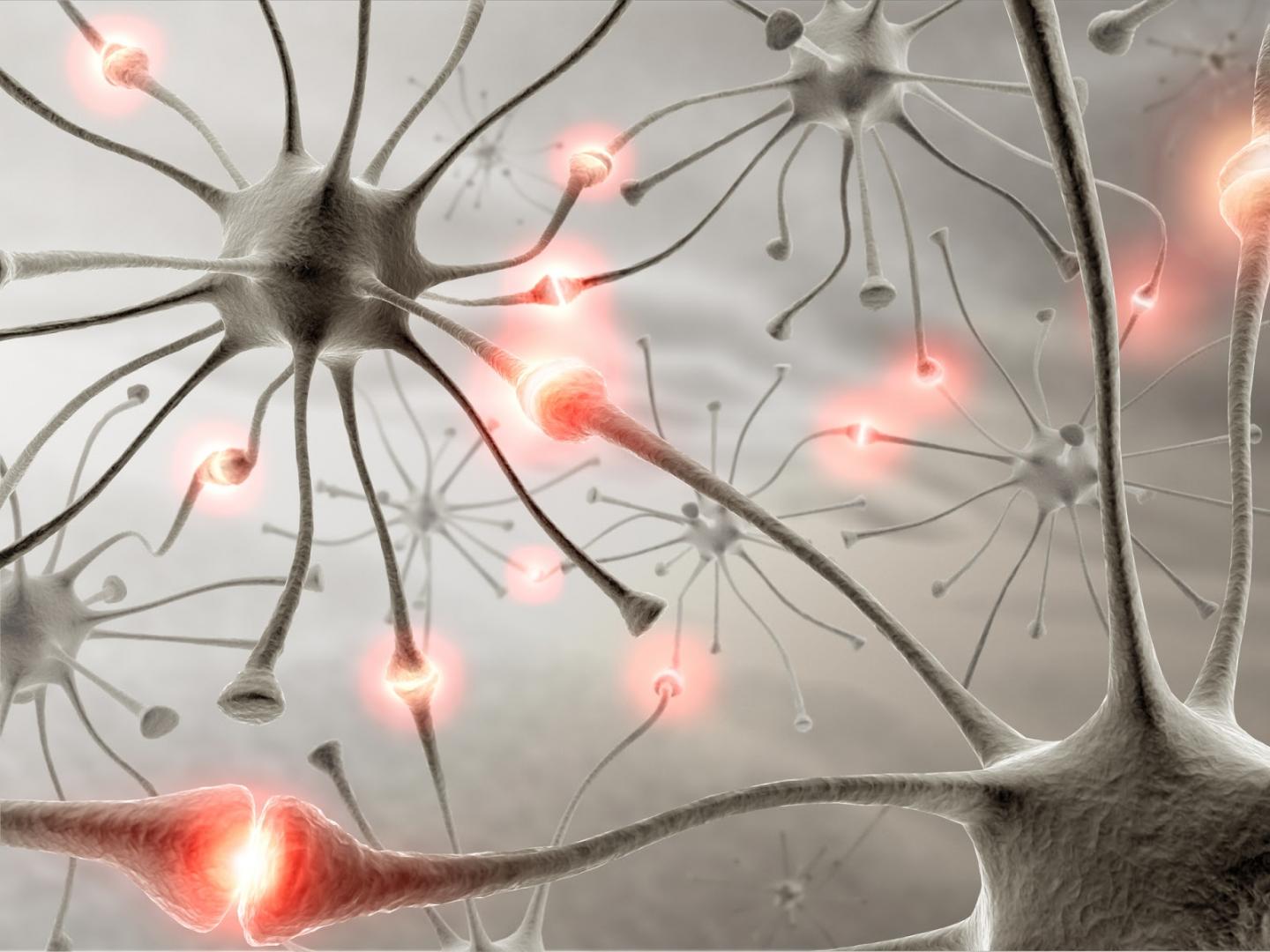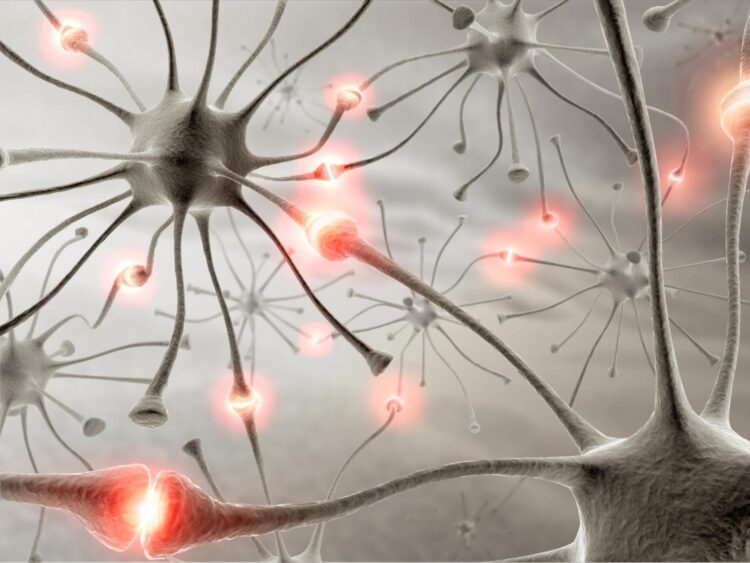
Credit: Depositphotos
Scientists from the MIPT Research Center for Molecular Mechanisms of Aging and Age-Related Diseases have joined forces with their colleagues from Forschungszentrum Jülich, Germany, and uncovered how sodium ions drive glutamate transport in the central nervous system. Glutamate is the most important excitatory neurotransmitter and is actively removed from the synaptic cleft between neurons by specialized transport proteins called excitatory amino acid transporters (EAATs). The findings are reported in Science Advances.
Glutamate transmits activating signals from one neuron to another. To ensure that glutamatergic signaling is precisely terminated, the neurotransmitter is rapidly removed from the synaptic cleft after its release; this is the task of specialized proteins, the EAAT glutamate transporters.
EAATs are secondary active transporters and use concentration gradients of sodium ions to drive glutamate uptake into cells. To this end, the transporters bind the neurotransmitter together with three sodium ions from the external side of the membrane to shuttle their cargo to the cell’s interior. The physiological sodium gradient, with higher ion concentrations on the extracellular than in the intracellular compartment, thus serves as the energy source.
However, it has been unclear how EAATs coordinate the coupled binding of glutamate together with sodium ions and how the ions drive this process. The researchers have now answered this question: High-resolution X-ray crystallography provided incredibly accurate structural snapshots of a sodium-bound glutamate transporter right before the binding of glutamate. Molecular simulations on Jülich supercomputers and functional experiments could then identify how the binding of two sodium ions triggers the binding of glutamate and a third sodium ion (fig. 1).
These results, earlier reported by Forschungszentrum Jülich in a news release, uncover important molecular principles of information processing in the brain and could inform novel therapeutic approaches for ischemic brain diseases such as stroke, where impaired glutamate transport leads to elevated glutamate concentrations. “Our findings provide insights into how neurotransmitter transport works in the mammalian nervous system and what might disrupt this transport, causing problems with memory and learning,” commented Kirill Kovalev of the MIPT Center for Molecular Mechanisms of Aging and Age-Related Diseases.
###
Original publication:
Na+-dependent gate dynamics and electrostatic attraction ensure substrate coupling in glutamate transporters,
C. Alleva, K. Kovalev, R. Astashkin, M. I. Berndt, C. Baeken, T. Balandin, V. Gordeliy, Ch. Fahlke, J.-P. Machtens, Science Advances 2020; 6 : eaba9854
Link: https:/
Media Contact
Alena Akimova
[email protected]
Related Journal Article
http://dx.





